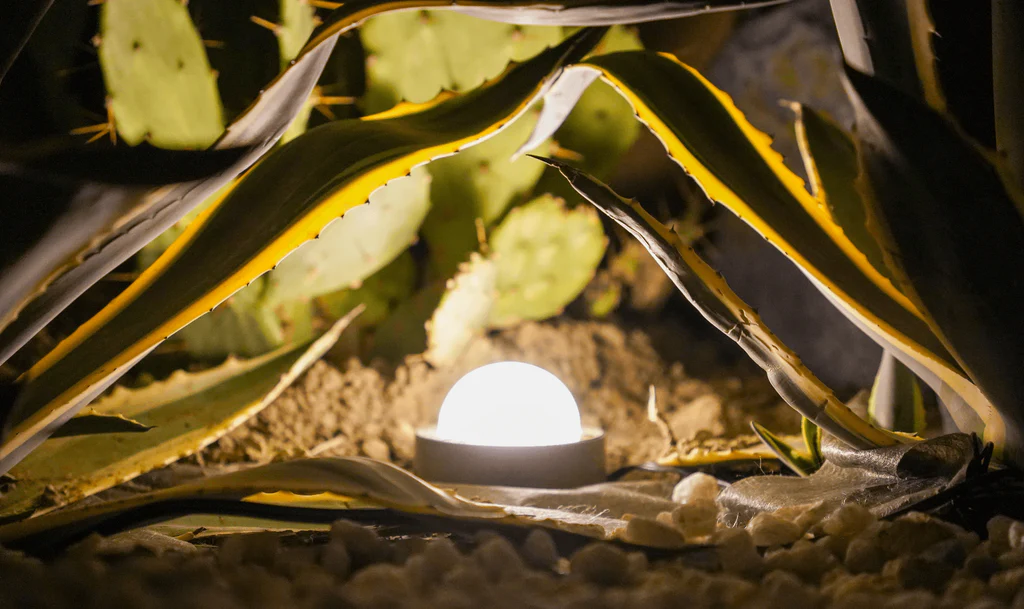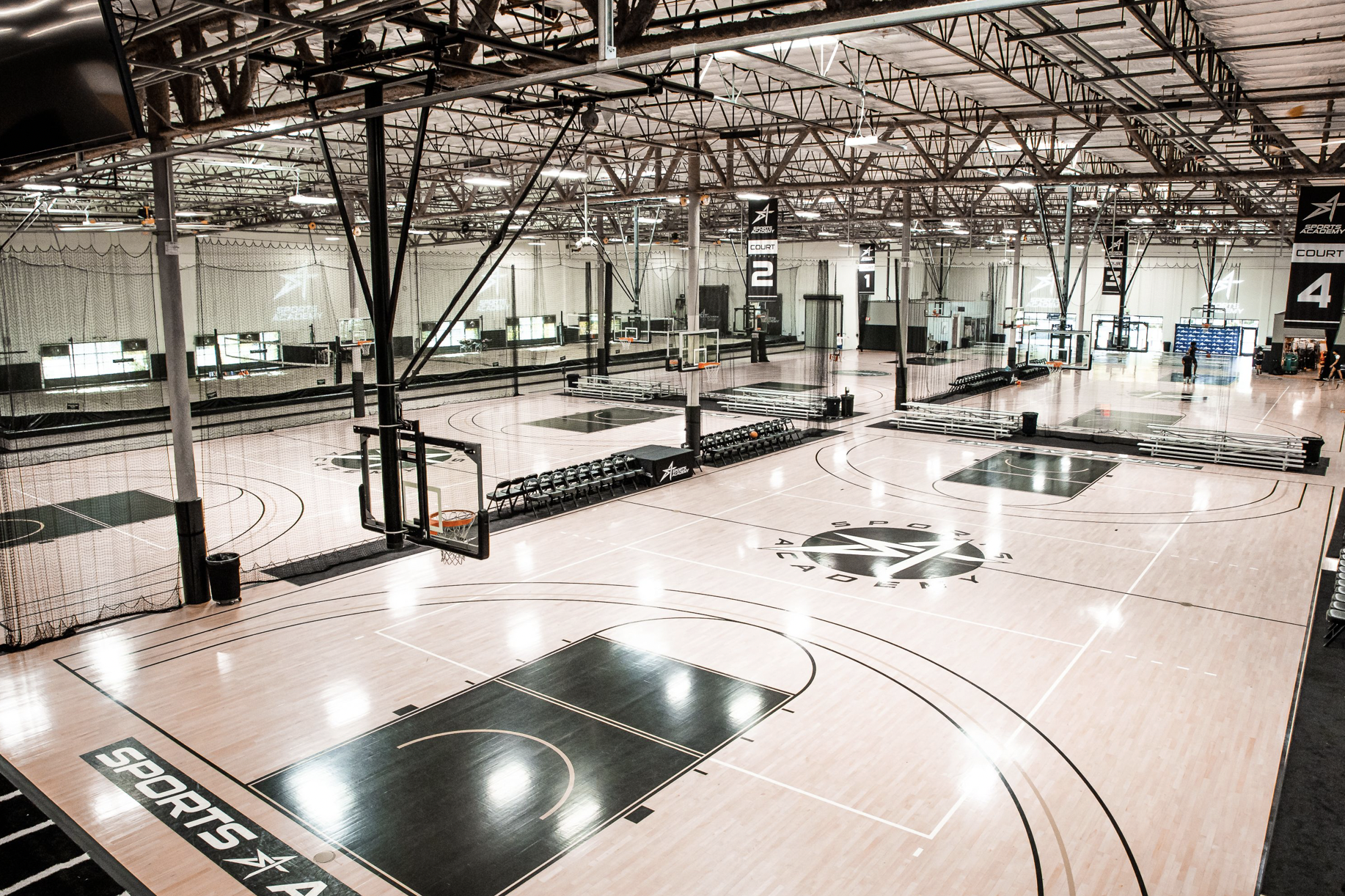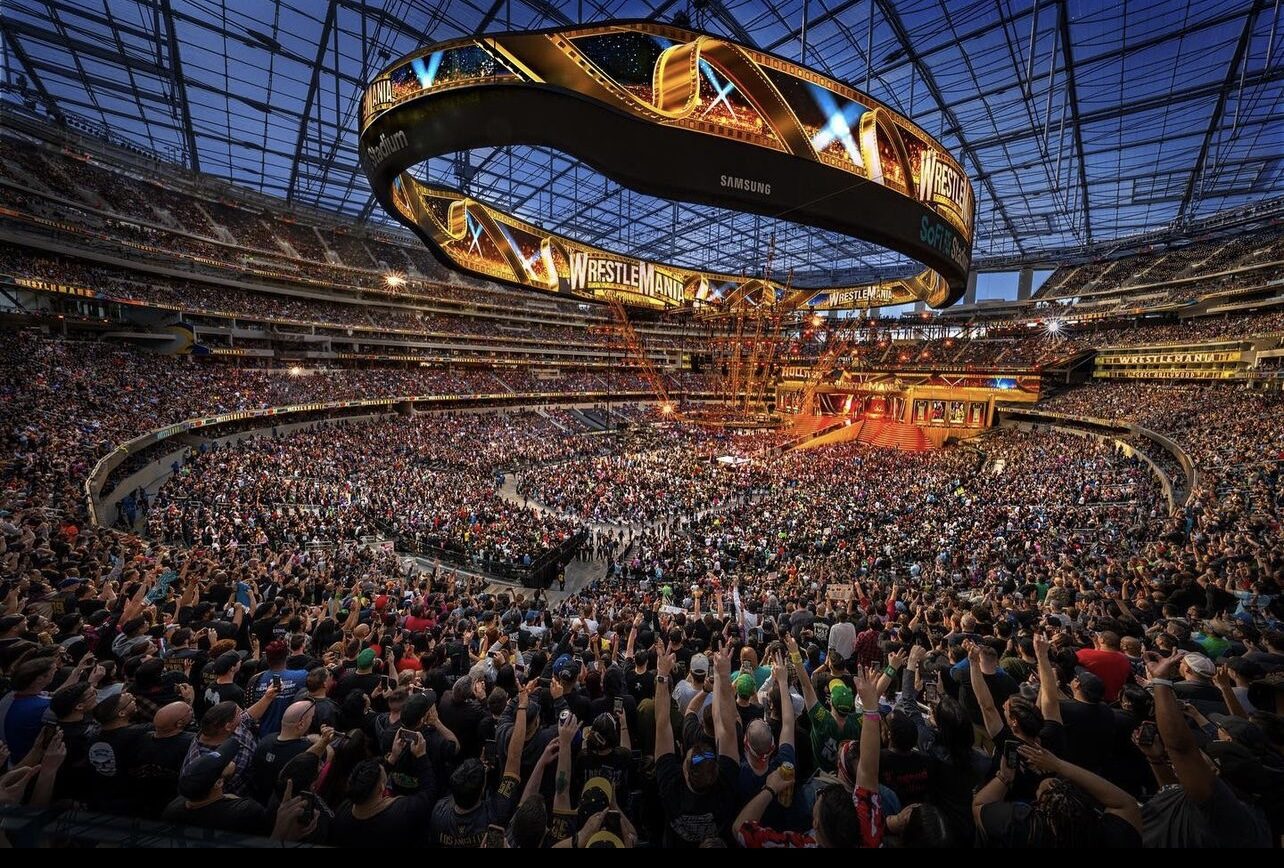
The advent of LED technology has revolutionized the lighting industry, offering energy efficiency, durability, and versatility. Among the various innovations in LED lighting is the dimmable LED flash, a feature that provides greater control over brightness levels, offering customized lighting solutions for different settings. Whether it’s for a home, office, or an outdoor setting, dimmable LED flashes have become increasingly popular due to their adaptability, energy savings, and the comfort they bring to various environments.
In this article, we will explore everything you need to know about dimmable LED flashes: what they are, how they work, their benefits, and the best ways to use them. We’ll also look into the factors to consider when purchasing one, tips for installation, and common issues that might arise.
What is a Dimmable LED Flash?
A dimmable LED flash refers to an LED light that can adjust its brightness levels through a dimmer switch or control. Unlike traditional incandescent or halogen lights, which can be dimmed using basic resistive dimmers, LED technology requires more advanced, compatible dimming systems due to its electronic nature.
LED lights are known for their energy efficiency and long lifespan, and the addition of dimmable functionality further enhances their usability in various lighting scenarios. A dimmable LED flash allows users to control the intensity of light, ranging from a soft, warm glow to bright illumination, catering to different needs and moods.
How Dimmable LED Flashes Work
The functioning of a dimmable LED flash is based on controlling the electrical current that flows through the LED bulb. Unlike traditional dimming techniques that reduce the voltage, LEDs work with a driver that manages the current. Dimming the light is achieved by adjusting the pulse width modulation (PWM) or constant current reduction (CCR), which in turn alters the brightness of the LEDs without compromising their efficiency or lifespan.
- Pulse Width Modulation (PWM): This method involves rapidly turning the LED on and off at high speeds, which changes the duration for which the light is illuminated. The human eye cannot detect the rapid switching, perceiving it as a change in brightness.
- Constant Current Reduction (CCR): CCR involves lowering the amount of current supplied to the LED. This method is generally smoother but might not work with all types of dimmer switches.
It’s important to use a dimmer switch that is compatible with LED technology. Using traditional dimmers might cause flickering, buzzing, or even damage to the LED bulb over time.
Benefits of Using Dimmable LED Flashes
1. Energy Efficiency
One of the most significant advantages of LED technology is its energy efficiency, and dimmable LEDs take it one step further. By reducing the brightness, less energy is consumed. For example, if you dim your LED to 50% of its brightness, you will consume roughly 50% of the energy, leading to considerable savings on your energy bill. Over time, this can have a significant impact, especially in settings where lighting is used frequently.
2. Extended Lifespan
LEDs already have a much longer lifespan than traditional lighting sources, often lasting up to 50,000 hours or more. When dimmed, the LED is subjected to less heat and stress, further prolonging its life. This makes dimmable LED flashes a smart investment in terms of both longevity and cost savings.
3. Customizable Lighting
With dimmable LED flashes, you have complete control over your lighting ambiance. Whether you need a bright light for working or a soft, dim glow for a relaxing evening, you can adjust the brightness according to the situation. This versatility makes dimmable LEDs perfect for homes, offices, restaurants, and outdoor spaces.
4. Reduced Glare
Bright lights can sometimes cause discomfort or strain, especially in settings like living rooms or bedrooms. Dimmable LED flashes allow you to reduce the intensity of light, minimizing glare and creating a more comfortable environment.
5. Environmentally Friendly
Since dimmable LEDs consume less energy, they help reduce your carbon footprint. They also contain no harmful substances like mercury, making them safer for disposal and better for the environment compared to traditional incandescent or fluorescent bulbs.
Applications of Dimmable LED Flashes
1. Residential Use
Dimmable LED flashes are commonly used in homes due to their versatility. From the kitchen to the living room, they offer adjustable lighting to suit any occasion. For instance, they can be dimmed for a cozy movie night or brightened when reading or cooking. Bedrooms and bathrooms also benefit from soft, adjustable lighting, creating a calming atmosphere.
2. Commercial Spaces
In offices, restaurants, and retail stores, dimmable LED lights are used to create varying lighting conditions depending on the time of day or mood. In restaurants, for instance, lights can be dimmed in the evening to create a more intimate dining experience, while in retail stores, lighting can be brightened to highlight products.
3. Outdoor Lighting
Dimmable LED flashes are ideal for outdoor use in gardens, pathways, or patios. You can easily adjust the lighting for outdoor gatherings, ensuring a relaxed ambiance or enhanced visibility when needed. Motion-sensor-enabled dimmable LEDs can also be used for security purposes, brightening when movement is detected.
Factors to Consider When Buying Dimmable LED Flashes
When selecting the right dimmable LED flash for your space, there are several factors to keep in mind:
1. Compatibility with Dimmer Switches
Not all dimmable LED bulbs work with every dimmer switch. Make sure to check for compatibility between your LED bulbs and the dimmer switch. Manufacturers often provide lists of compatible dimmers, ensuring optimal performance.
2. Wattage and Brightness
Consider the required wattage and brightness for the space where you’ll be installing the LEDs. Dimmable LEDs come in various wattages, and selecting the right one will depend on the size of your room and your brightness preferences.
3. Color Temperature
LEDs come in different color temperatures, ranging from warm white (2700K) to cool white (5000K) or daylight. The color temperature you choose will affect the atmosphere of your room. For a cozy and warm environment, go for lower color temperatures; for more productivity and focus, higher temperatures are ideal.
4. Quality and Brand
The market is flooded with numerous LED products, but not all are of high quality. Opt for reputable brands that offer warranties and have positive customer reviews to ensure the longevity and performance of your lights.
5. Dimming Range
Some dimmable LED flashes have a wider dimming range than others. Look for products that can go as low as 10% of their maximum brightness for maximum flexibility. Be mindful of potential flickering at very low levels, and check reviews to confirm that the dimming function works smoothly.
Installation Tips for Dimmable LED Flashes
1. Ensure Dimmer Compatibility
Before installation, check whether your existing dimmer is compatible with LED lights. If not, you may need to replace it with an LED-specific dimmer switch. Many modern dimmer switches are designed specifically for LED technology.
2. Check Voltage Requirements
Ensure the voltage requirements of your dimmable LED bulbs match your existing fixtures. Mismatched voltages can cause flickering, reduced lifespan, or even damage to the bulb.
3. Follow Manufacturer Guidelines
Each manufacturer may have specific instructions for installing their dimmable LEDs. Be sure to follow these instructions carefully to ensure optimal performance and longevity.
Common Issues with Dimmable LED Flashes
While dimmable LEDs offer numerous benefits, there can be some issues if not installed or used correctly. Here are some common problems and how to solve them:
1. Flickering
Flickering is a common issue with dimmable LEDs, usually due to an incompatible dimmer switch or faulty wiring. Ensure you’re using a dimmer switch designed for dimmable led flash lights and that it’s properly wired.
2. Buzzing Sounds
Sometimes dimmable LEDs can produce a buzzing noise. This can happen if the bulb and dimmer are incompatible or if there’s an issue with the electrical current. Switching to a higher-quality dimmer or bulb can help resolve this problem.
3. Low Dimming Range
Some dimmable LEDs don’t dim as low as you’d like. This could be due to the dimmer’s limitations or the bulb’s design. Look for LEDs with a wide dimming range to avoid this issue.
Conclusion
Dimmable LED flashes represent a significant advancement in lighting technology, offering energy efficiency, versatility, and enhanced control over lighting conditions. Whether used in residential or commercial spaces, their ability to adjust brightness levels adds value to any environment, creating the perfect ambiance for every occasion.
By selecting high-quality dimmable LED flashes and ensuring compatibility with dimmer switches, you can enjoy the benefits of adjustable lighting, lower energy costs, and an extended bulb lifespan.







